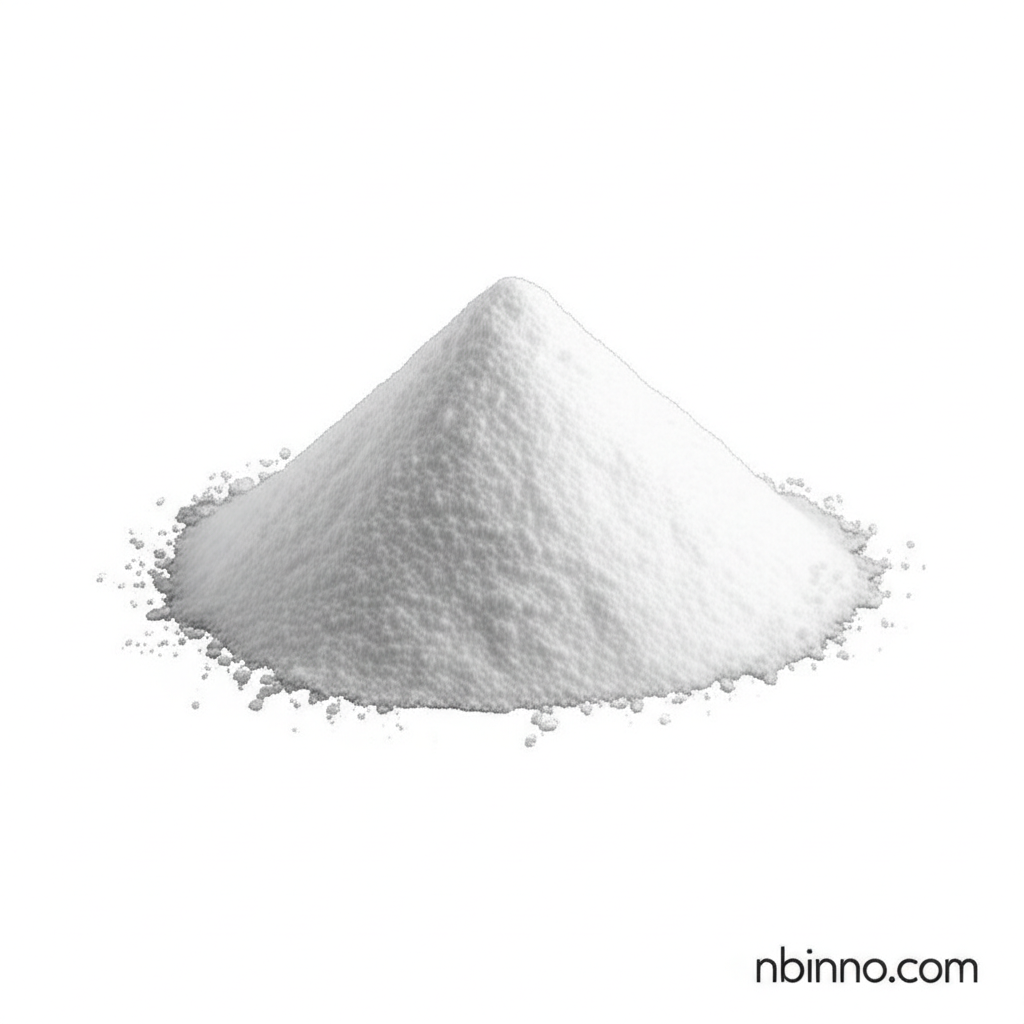Zinc Acetate Dihydrate: Properties, Applications, and Industrial Significance
Discover the multifaceted uses of Zinc Acetate Dihydrate across health, industry, and beyond.
Get a Quote & SampleProduct Core Value

Zinc Acetate Dihydrate
Zinc Acetate Dihydrate is a highly versatile crystalline compound that serves as a critical ingredient in various sectors due to its rich zinc content and chemical properties. It is integral to pharmaceutical formulations, dietary supplements, and numerous industrial processes, offering unique benefits as a catalyst, chelating agent, and micronutrient source.
- As a vital source of zinc, this compound plays a crucial role in supporting immune function and promoting overall health, making it a key component in dietary supplements.
- The compound acts as an efficient catalyst in various chemical synthesis processes, including the production of polymers, contributing to advancements in material science.
- Its application as a mordant in textile dyeing ensures enhanced colorfastness and vibrancy, a crucial aspect for the fabric industry.
- Research indicates its potential in shortening the duration of the common cold, highlighting its therapeutic value in health and wellness.
Key Advantages
Versatile Applications
Explore the diverse uses of Zinc Acetate Dihydrate, from pharmaceuticals and nutritional supplements to industrial catalysts and textile treatments, demonstrating its broad utility.
High Bioavailability
This form of zinc is readily absorbed by the body, making it an effective choice for dietary supplements aimed at addressing zinc deficiencies and boosting immune health.
Chemical Reactivity
As a catalyst, Zinc Acetate Dihydrate facilitates numerous chemical reactions, contributing to efficient manufacturing processes in sectors like polymer production and fine chemical synthesis.
Key Applications
Pharmaceuticals & Health
Used in supplements for immune support, wound healing, and treating zinc deficiencies; also explored for common cold relief.
Industrial Catalysis
Functions as a catalyst in the production of polymers like polyesters and polyamides, and in the synthesis of other zinc compounds.
Textile Industry
Acts as a mordant to improve dye adherence and colorfastness on natural fibers, and provides antibacterial finishes.
Material Preservation
Employed in wood preservation to protect against decay and pests, and in coatings for corrosion resistance.
